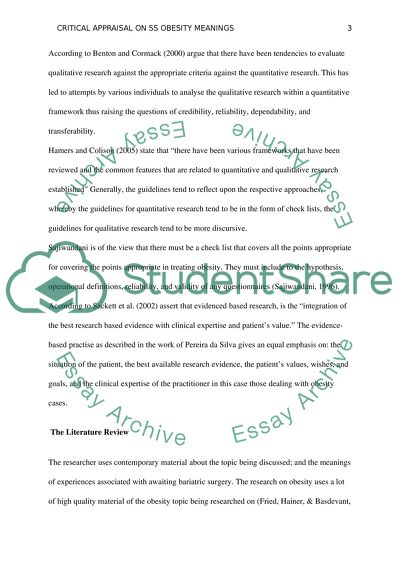Cite this document
(“Critical Appraisal of Pereira Da Silva; SS Obesity Meanings Essay”, n.d.)
Retrieved from https://studentshare.org/nursing/1404467-critical-appraisal-of-qualitative-research
Retrieved from https://studentshare.org/nursing/1404467-critical-appraisal-of-qualitative-research
(Critical Appraisal of Pereira Da Silva; SS Obesity Meanings Essay)
https://studentshare.org/nursing/1404467-critical-appraisal-of-qualitative-research.
https://studentshare.org/nursing/1404467-critical-appraisal-of-qualitative-research.
“Critical Appraisal of Pereira Da Silva; SS Obesity Meanings Essay”, n.d. https://studentshare.org/nursing/1404467-critical-appraisal-of-qualitative-research.


